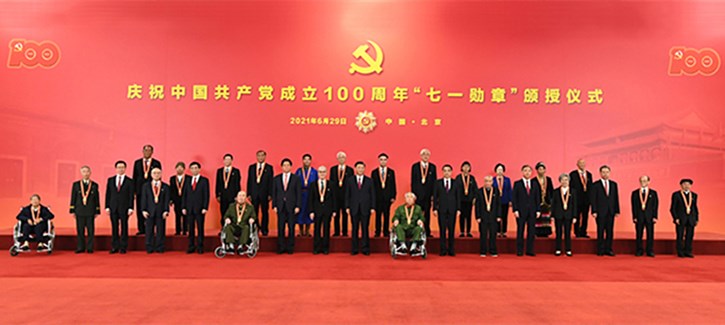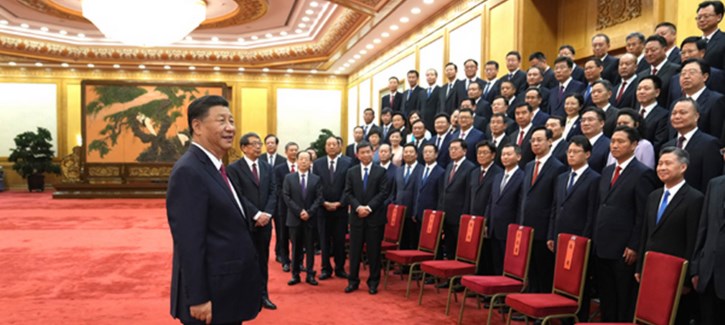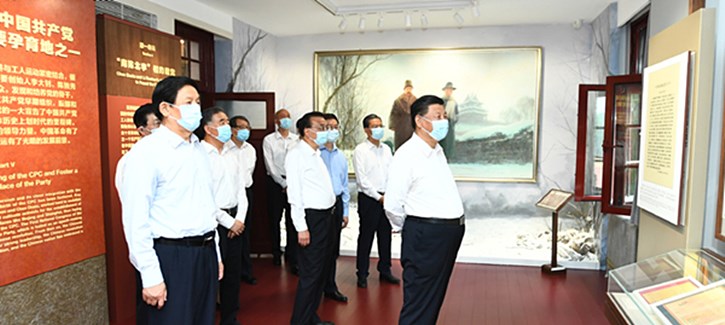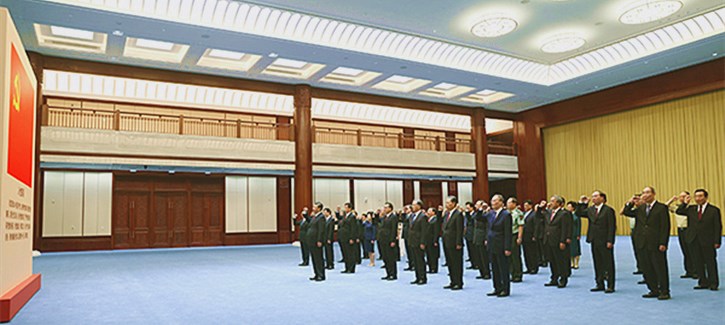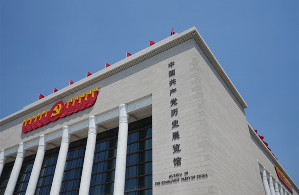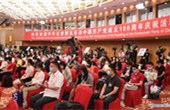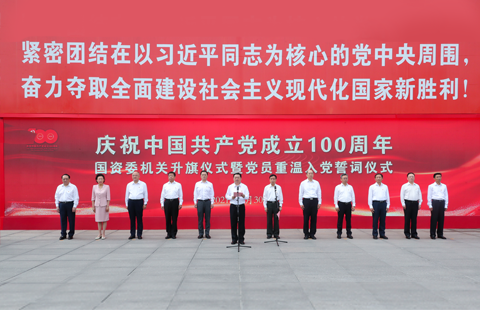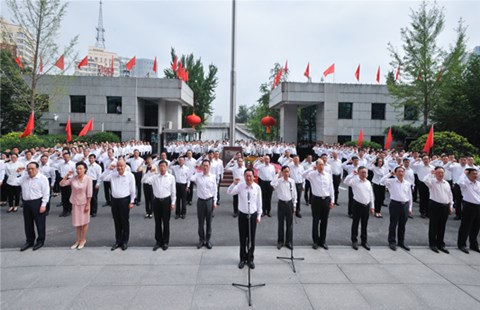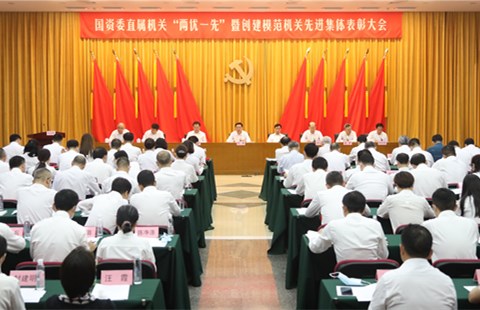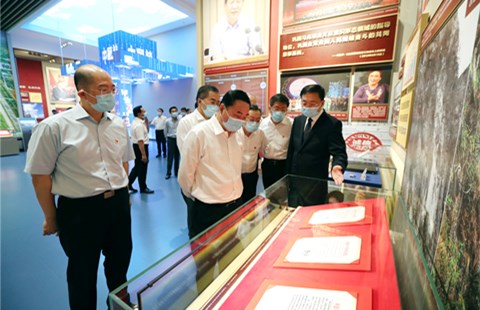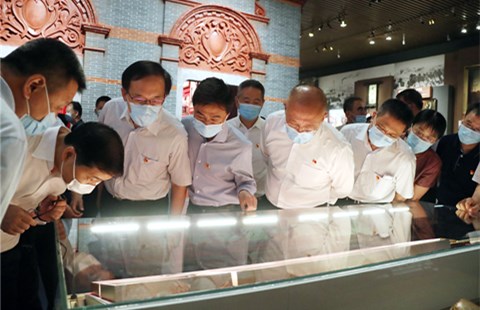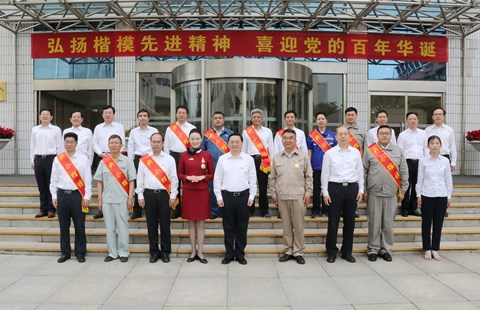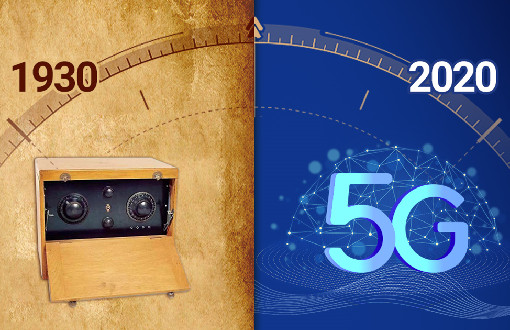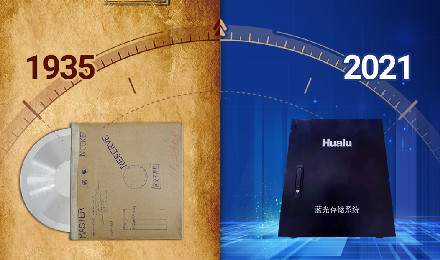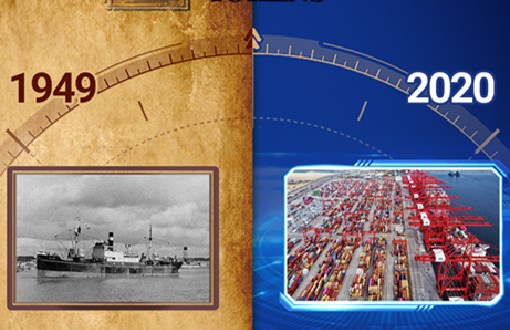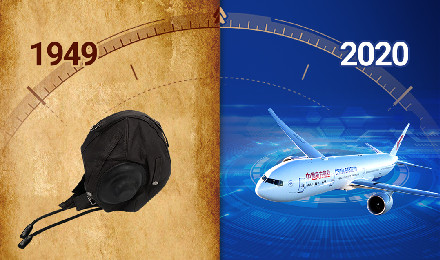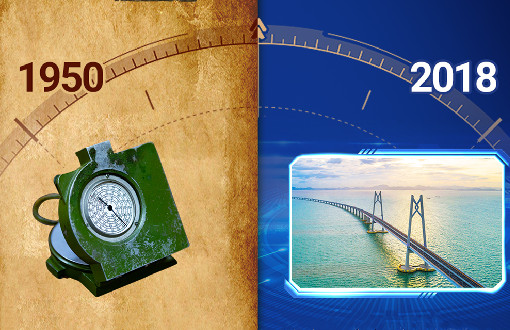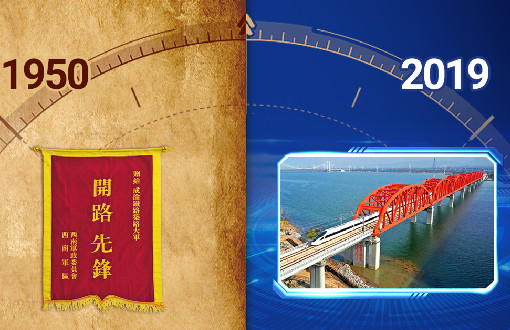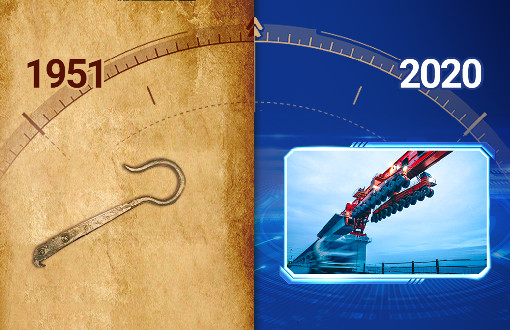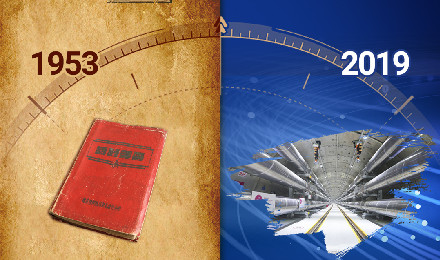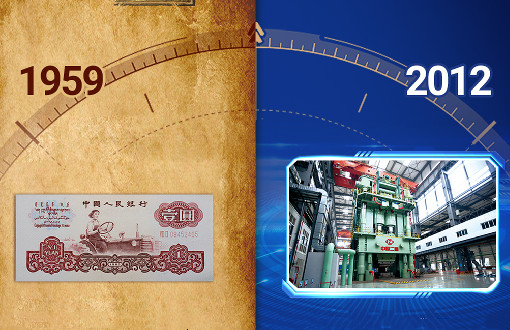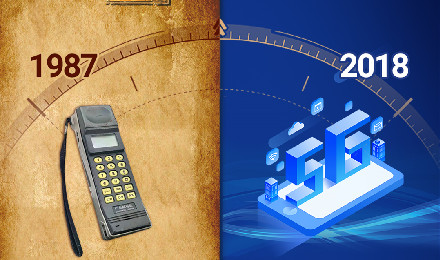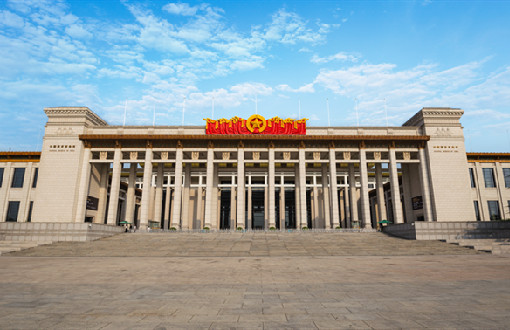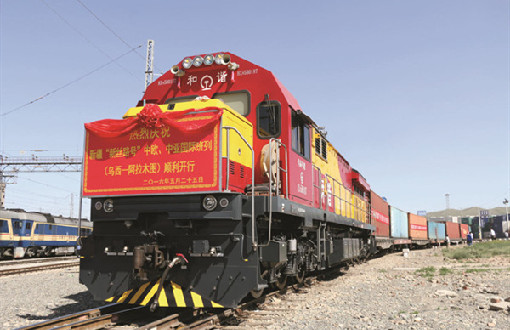-
Red Army's First Radio Equipment - China Telecom
The imperfect radio was the first "high-tech" communication equipment that the Red Army, under the leadership of the Communist Party of China, ever had.
-
Story Behind Early Recording of Chinese National Anthem - Hualu
A vinyl record is turning on an old record player, playing a thumping and inspiring rendition of March of the Volunteers that was adopted as the provisional national anthem in 1949.
-
New Beginning for China's Shipping Industry - CMG
Flicking through old Chinese currency, a steamer can be seen printed on the five-cent paper banknotes. That's Hailiaolun, a steamer owned by China Merchants Group (CMG).
-
The Man Behind the Helmet - China Eastern
China's civil aviation industry began from an uprising 72 years ago.
-
The Compass That Led People to the ‘Roof of the World’ - CCCC
It is such an old compass that no one would use it nowadays, but it played an indispensable role in construction of China's first highways on the Qinghai-Tibet Plateau, also known as the "roof of the world", in Southwest China's Tibet Autonomous Region.
-
China's First Self-Designed, Self-Built Railway - CREC
It is a remarkable flag on which are written four Chinese characters "开路先锋" (Kai Lu Xian Feng), meaning trailbreaker, in golden color. It was awarded by Deng Xiaoping, former leaders of China, and Marshal He Long.
-
The Hero behind the Iron Hook - CRCC
It is a simple and unadorned iron hook used for climbing about 70 years ago, but its owner was a legend, recognized as a "special contributor" on the battlefield during the War to Resist US Aggression and Aid Korea (1950-53).
-
Railway Signals in China: from Kerosene Lamps to Computer Control - CRSC
Railway signals to a railway are what eyes and brain are to a man. In early days, the kerosene lamp was used to send signals to trains.
-
Pushing the Development of China's Railway Locomotive Industry - CRRC
It is a locomotive whistle no different from other outmoded whistles. But it was the one installed on the "Bayi Hao" train, the first steam locomotive to take to the rails following the founding of the PRC.
-
A Long-Lasting Treasure of China's Power Industry - Energy China Group
With no fine printing, ornate bookbinding, or compilers' names, the unadorned internal document made in the 1950s has never been published but has been regarded as a treasury of China's power industry for more than 70 years by workers in the field.
-
Sinomach Promotes Development of China's Agricultural Machinery - Sinomach
The image printed on the Chinese 1962 one-yuan paper banknote was a woman driving a tractor. It was the country's first domestically-developed tractor manufactured by China National Machinery Industry Corporation Ltd (Sinomach) in 1959.
-
CNBM Pushes with All Its Might in China’s Special Material Development - CNBM
Weighing more than 169 kilograms and with a thickness of 7.5 centimeters, China's first bulletproof glass for cars was born at a workshop of China National Building Material Group Co., Ltd.(CNBM) in 1968.
-
Start of China's Mobile Phone Era - China Mobile
Dating back to 1984, it was in Sweden that Li Yisheng, then head of the Guangdong Provincial Posts and Telecommunications Administration, saw a wireless telephone for the first time.
Presented by China Daily


